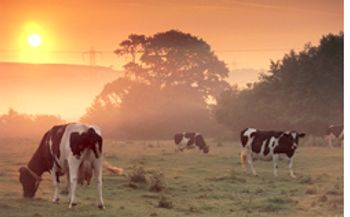
To truly know how cows are managed, we need to "hang out" with them, or with their caretakers, for several hours. We need to see how feed is mixed and delivered, how milking is performed and determine how often feed is pushed up.

Dr. Gardner is director of animal health and herd economics at Keystone Agency. He also consults with dairy practitioners on practice management.

To truly know how cows are managed, we need to "hang out" with them, or with their caretakers, for several hours. We need to see how feed is mixed and delivered, how milking is performed and determine how often feed is pushed up.

As veterinarians, we often find ourselves unable to determine the nature and cause of the problem case. So, who pays for our time?

"We expanded two years ago and added 500 cows."

"What frustrates you most about your job?"
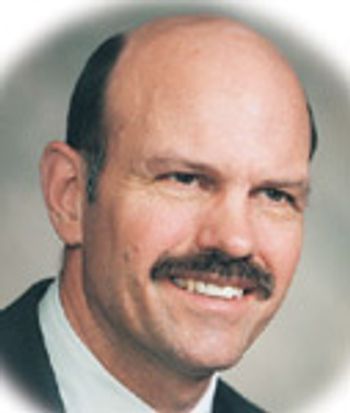
Last night I received a phone call from the doctor who provides routine veterinary services to a dairy herd where I do the ration balancing. This herd is experiencing some problems with fresh cows, and the doctor performed some blood testing in an attempt to obtain clues regarding the cause of these problems. The blood work revealed moderately low albumin levels in most of the six dry cows he tested. This suggests low protein intake.
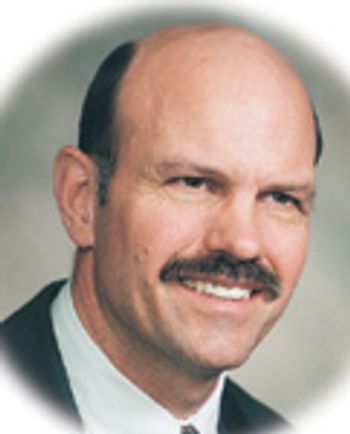
The wife of one of my dairy clients recently refused to buy milk from a local convenient store.
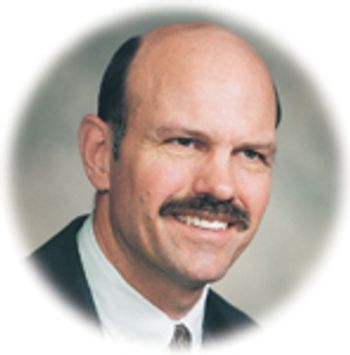
The image of the pebble cast into the pond sending a ring of small waves in all directions is indicative of the impact that rising energy costs have had on all facets of our society.

I can still remember the feeling of the tractor-tire cleats thumping across my back as I fell onto the tire when my uncle unexpectedly swerved the tractor, traveling in high gear.

New technology to identify open cows circumvents the need for veterinarians to do the work. But that doesn't necessarily erase DVMs from the picture.
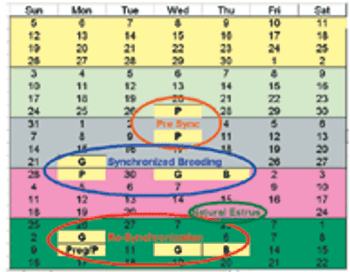
My first use of timed artificial (AI) insemination came immediately after veterinary college. A prostaglandin product had been approved for horses, but it was expensive. By infusing a fraction of the equine dose into the uterus of a cow with a corpus luteum, it usually could be brought into estrus. Timed insemination has come a long way.

Like it or not, lay people can learn to competently perform many routine tasks.

Metabolic profiling and its results have disappointed me several times during my career. Yet I recently had success using an approach promoted by University of Wisconsin (UW) associate professor Dr. Gary Oetzel, who believes two subclinical syndromes account for a large percentage of dairy farms problems.

As always, we need to communicate as thoroughly as possible. Tunnel vision is a trap we as practitioners must avoid.
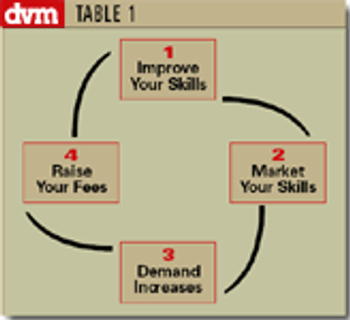
One trick I learned was to construct my invoices so I did not draw attention to my hourly rate.
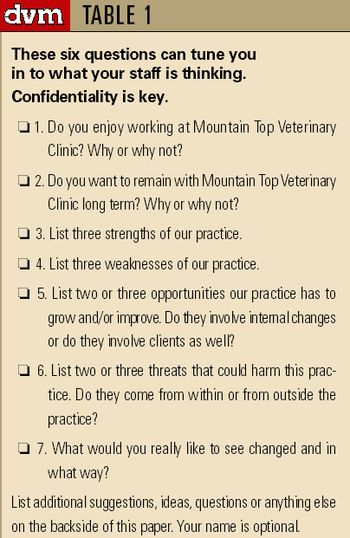
What does your staff think of your practice? Are staffers proud of their work? Do they think you offer good services and that you provide value? Do they enjoy working for you? Do they want a career with you, or are you just a temporary paycheck? What do they see as your strengths and weaknesses, opportunities and threats? Will the answers from lay staff differ from those of associates?

If we maintain some degree of humility when things are looking good, then it is usually less painful to face the crowd when it all goes south.

The value of good will is purely a function of what the buyer is willing to pay and what the seller is willing to accept.

You will further help your own cause by helping your client stay in business.

The point is to increase the risk of detection to a point that most of those with the inclination to steal will be discouraged.

Last year our purchased feed costs ran over $6 per hundredweight of milk. That number is just killing us. You've got to find a way to get that down, or we're going to be out of business."

Someone needs to call Mrs. Smith and tell her that her dog died during the night. It will be a touchy situation, as we expected him to do fine. I'm sure she is going to be shocked and distraught."

As of this writing, milk prices have shown a desperately needed improvement from the dismal levels that prevailed for much of 2002 and 2003.

Last week I attended a social event in the area where I first practiced. Returning home, I drove along a 10-mile stretch of route 611, between Martin's Creek and Mt. Bethel, Penn. As I did so, nostalgia ran strong, as I recalled names like Budd Ott, Floyd Ott, Mike Palmer, Charlie Diehl and many others. These were all active dairy farms in the 1970s, when milk prices were strong and dairy practice relatively simple.

"One, zero, eight, nine, eight." I presume the sales representative was stating the price in this manner to lessen the impact.

You're lucky you don't have any competition. If you did, you wouldn't be here today."

A few weeks ago, I was on a dairy farm discussing herd performance and nutrition with the owner.

Recently I was visiting with a friend who is still in clinical practice, and our talk turned to emergency duty.

In my June column, I discussed situations where communications between the dairy practitioner and client broke down, leaving the doctor "out of the loop" with disease outbreaks. Since then, I have worked on two farms where the herd veterinarian was deeply and routinely involved with herd decisions. This involvement started with participation in farm management meetings.

Pullman, Wash.-A new tool could be at hand for "subtyping" strains of Listeria monocytogenes bacteria that cause food-borne illness, thanks to scientists with the Agricultural Research Service (ARS) of the United States Department of Agriculture.

Don't just play the blame game; remain proactive in talking about herd issues

Published: August 1st 2003 | Updated:

Published: August 12th 2008 | Updated:

Published: May 1st 2008 | Updated:

Published: January 1st 2008 | Updated:

Published: March 1st 2008 | Updated:
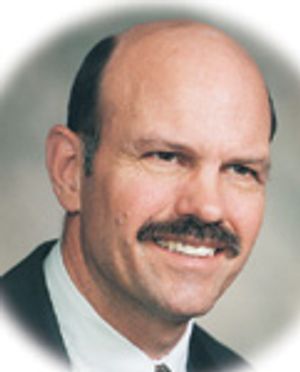
Published: September 1st 2007 | Updated: